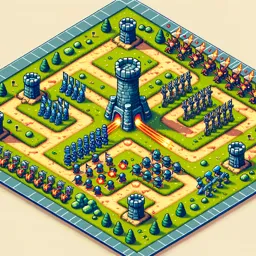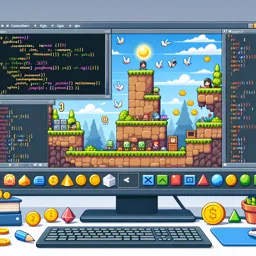One of the most critical aspects of successful game design is achieving the right balance between challenge and reward. This balance keeps players motivated, ensuring they remain engaged and satisfied as they progress through a game. In this article, we will explore the principles and strategies behind creating compelling game experiences that effectively engage players through thoughtfully designed challenges and rewards.
Understanding player motivation
Before designing challenges and rewards, it’s essential to understand what motivates players. Players are often driven by the sense of achievement, discovery, competition, or narrative immersion. Identifying your game’s primary motivators can help you craft experiences that resonate with your audience.
- Achievement: Completing levels, unlocking items, or mastering mechanics.
- Exploration: Discovering new areas, secrets, or story elements.
- Competition: Outperforming others in multiplayer scenarios or leaderboards.
- Narrative: Experiencing story progression and character development.
Designing the right challenge
Challenge is the core component that drives player engagement. If a game is too easy, players may lose interest; if it’s too hard, they may become frustrated. The key is to provide a consistent, incremental increase in difficulty, allowing players to learn and master new mechanics at a comfortable pace.
- Pacing: Gradually introduce difficulty to match player skill progression.
- Variety: Offer different types of challenges (puzzles, combat, platforming) to prevent monotony.
- Feedback: Use visual, audio, and haptic cues to help players understand what works and what doesn’t.
Reward systems: more than just points
Rewards are powerful tools for reinforcing positive behavior and encouraging continued play. While points and achievements are valuable, thoughtful reward systems often include a mix of tangible and intangible incentives.
- Progression rewards: New abilities, levels, or customization options.
- Social rewards: Leaderboard rankings or cosmetic items to show off to others.
- Intrinsic rewards: The sense of accomplishment or mastery after overcoming a tough challenge.
Dynamic difficulty adjustment
Dynamic difficulty adjustment (DDA) is a game design strategy that modifies the game’s challenge based on the player’s skill or behavior. This can help retain players with varying skill levels, making the experience rewarding for both newcomers and veterans.
- Provide options for players to adjust difficulty manually.
- Implement systems that subtly change game elements (enemy health, puzzle complexity) in response to player performance.
Case study: classic games
Many classic games are renowned for their excellent balance of challenge and reward. For example, the Super Marioseries introduces new mechanics in safe environments before increasing difficulty, while the Legend of Zelda franchise rewards exploration with secrets and upgrades, enhancing the intrinsic motivation to continue playing.
CONCLUSION
Balancing challenge and reward is both an art and science in game design. By understanding player motivations, designing scalable challenges, and implementing meaningful reward systems, developers can create memorable and engaging experiences that stand the test of time.
































